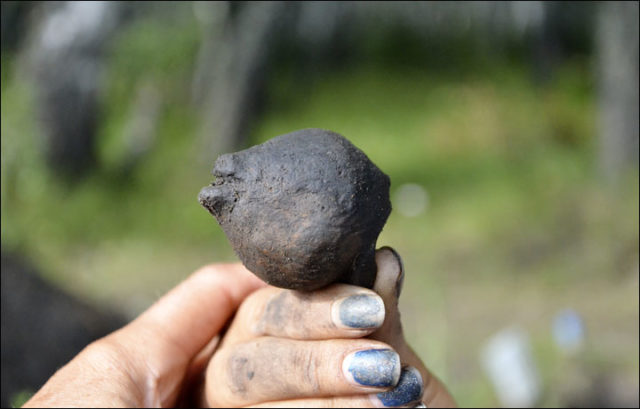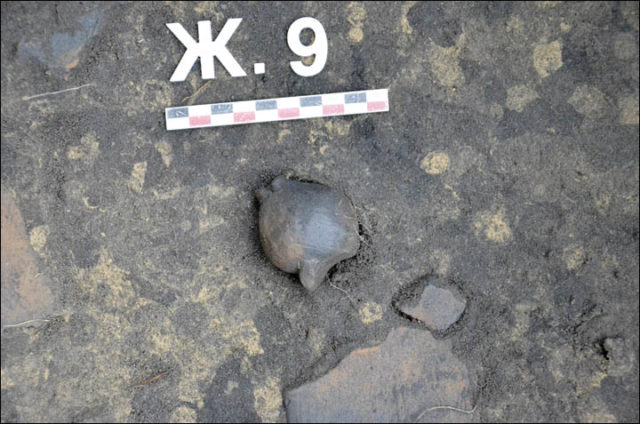Rattles are a popular way to keep a little one’s hands busy and entertain with sound. Modern rattles are typically plastic and colorful, but this was not always the case.
The evolution of the rattle is an interesting one, and archaeologists are still making discoveries that give insight into the creation and use of rattles throughout human history.

Ancient Egyptians and other ancient societies used handcrafted rattles made with coral to soothe teething babies. The coral had symbolic and mystical meaning, and ancient people believed it would protect children and ease their discomfort. The trend of using coral continued for centuries, but by then rattles were usually elaborate creations of silver and gold. Wealthy children often wore the rattles around their necks. In the 20th century, mass-produced plastic rattles became the norm, making them accessible to all children.
Amazingly, rattles were being used even back in the Bronze Age, as a recent discovery of one of the world’s oldest toys has shown. Researchers found a child’s rattle dating back 3,800 – 4,000 years during an archaeological dig at an early Bronze Age settlement in the Novosibrirsk region of Siberia.
Found at the archaeological complex Vengerovo-2, the rattle had been made using clay firing, and it is shaped like a bear’s head. It is hollow and still sealed with small stones inside that make jingling sounds. Archaeologists will X-ray and scan the rattle to determine with what exactly its maker used to fill it.
As Professor Yachtsman Molodin, deputy head of Novosibirsk Institute of Archaeology and Ethnograph explained, there is a visible handle on the rattle perfect for a child’s hand to grasp.
It also has a mark on it made by the sculptor. Molodin said, “ The ornament, we think, has a stamp, where an artist has made a drawing on the moisty clay, most likely with bone.”

The rattle has not been the only sensational discovery at Vengerovo-2. Archaeologists also uncovered four dozen ancient burial locations in the remains of two housing sites. A tiny bronze figurine in the shape of a bird, probably a crow, was also unearthed; it was possibly an incense stand, Mail Online reported.
Probably it will never be known which ancient child hands played with the newly discovered rattle, but it is interesting to observe that early humans used similar methods as modern humans use for entertaining their children.
